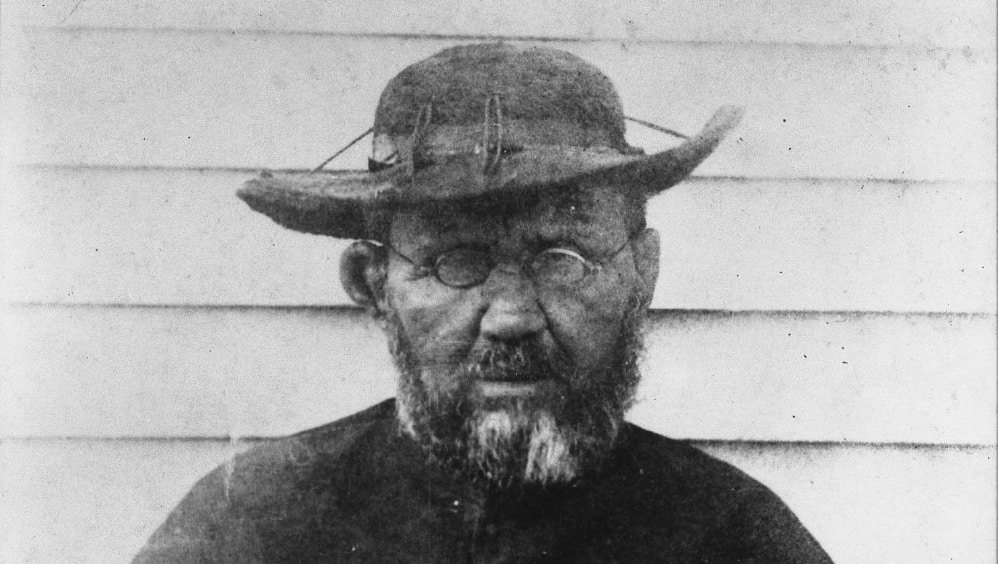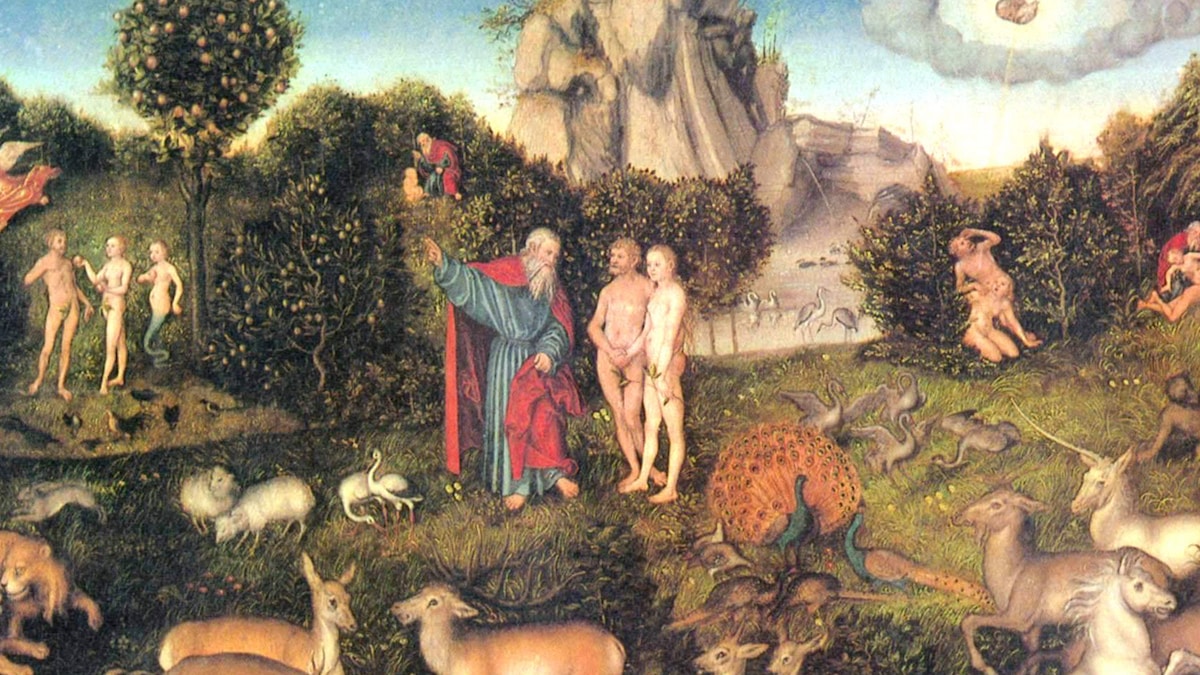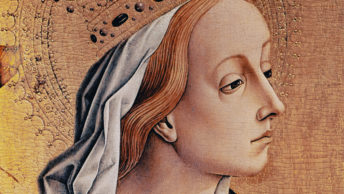The Catechism of the Catholic Church describes the works of mercy as “charitable actions by which we come to the aid of our neighbor in his spiritual and bodily necessities.” (2447) The spiritual works of mercy relate to the needs of the soul, and the corporal to the body, including “feeding the hungry, sheltering the homeless, clothing the naked, visiting the sick and imprisoned, and burying the dead.” (2447)
Mother Teresa, now St. Teresa of Calcutta, reminded us that we will be examined upon our death by the Lord according to what Jesus taught us.
Matthew 25: 35-36, 40 “For I was hungry and you gave me food, I was thirsty and you gave me drink, a stranger and you welcomed me, naked and you clothed me, I was sick and you visited me, I was in prison and you came to me. … Truly, I say to you, as you did it to one of the least of these my brethren, you did it to me.”
The first corporal work of mercy is to “feed the hungry.” In addition to Mother Teresa, St. Elizabeth of Hungary (1207-31) gives us a wonderful example of this work of mercy. Although she was wealthy and powerful and lived in a luxurious castle, she was also known as the princess who gave alms. Images of her often show her holding a basket of bread, symbolizing her generosity to the poor.
The poor were known to line up at Elizabeth’s doorstep daily to receive food. Once, when her husband Louis was away fighting the invading Muslims, Elizabeth gave away much of the goods and furnishings of the castle to the poor, including clothing and decorations. Some were angry at what they believed was her excessive generosity, and when her husband died, the kingdom was taken from her.
How can we follow the example of Elizabeth? Do you know people who are hungry? We don’t have to look far to find them. My friend carries food in his car and, seeing those hungry in the streets, stops and gives it to them. We can easily go to the streets, homeless shelters, food pantries and everywhere in the world to feed those in need.
Or, our generosity could start in our own homes. When family or friends stop for a visit, we can always offer them a meal.
What applies to helping others with their need for food also applies to their need for drink. St. Peter Claver (1580-1654) was born in Spain. He entered the Jesuit order, and was given permission to serve in South America as a missionary. The slave trade was cruel and common throughout the world at the time, and Peter dedicated himself to relieving the sufferings of the African slaves that came in on ships and bringing them salvation through Jesus Christ.
The ships were typically packed with slaves below deck and conditions were so harsh many died en route. When the ships arrived in the harbor, Peter would immediately go with water to give the Africans below deck waiting to be unloaded something to drink. After providing them with their immediate bodily needs he spoke to them of Jesus Christ, and baptized an estimated 300,000 slaves during his lifetime.
St. Damien of Molokai (1840-89) is a wonderful model for us of many of the works of mercy, including shelter the homeless. Damien was from Belgium and traveled to Hawaii as a missionary. You can still visit the church in which he was ordained in downtown Honolulu.
After ministering on the Big Island for nine years he volunteered to go to the leper colony on Molokai. With the medical care available at the time, this was considered a death sentence.
When he arrived, the lepers were in a pitiable state, lacking everything, including decent housing. Damien set to work relieving their sufferings, including using his carpentry skills to build them homes and furniture. He also taught them the faith, provided them the sacraments and anointed them as they lay dying.
He contracted leprosy himself in 1884, writing to his brother, “I make myself a leper with the lepers to gain all to Jesus Christ.” When he died of leprosy himself, he was declared a “martyr of charity.” When you visit Catholic churches in the Hawaiian Islands today there is no saint, except perhaps the Blessed Mother herself, honored as Damien is.
In our time, as in Damien’s, sheltering the homeless is critical. Many people live in cars or on the streets. We are responsible for the struggle to secure affordable housing and homeless shelters. It is not easy; however. But to do nothing is not God’s will. When we fight for those who have no one to fight for them—those on society’s margins—we become Jesus in action! Guess what? We find ourselves filled with gratitude and not focused on our issues.
In our own lives, perhaps we have a struggling family member or friend we can take into our homes for a time. Or, perhaps we know an elderly person or busy mom with young kids whose house is in need of attention. We can help with the cleaning or simple repairs, mow the lawn or do some painting.
St. Jeanne Jugan (1792-1879), the founder of the Little Sisters of the Poor, provides us with a wonderful example of tending to the needs of the sick. While discerning God’s will for her life, she met an elderly woman who was sick. She had no one to care for her. Jeanne took her home, put her on her own bed and cared for her. Jeanne slept in the attic. She then took in two other elderly women, then a dozen more, then acquired a house so she could house 40 more. The poor kept coming to help, and young women volunteered to help Jeanne. Hence, the Little Sisters of the Poor was born. What a wonderful example for us of “visit the sick.” Her community is still at work today.
One saint who helped the imprisoned was St. Vincent de Paul (1581-1660). The charitable organizations in many of our parishes are named for him. Vincent had a great sensitivity towards the imprisoned as he was captured by Turkish pirates and sold as a slave in North Africa. After two years, he converted his master and escaped with him. But, he always had a sensitivity toward those held in captivity and founded an organization to help galley slaves.
St. Martin de Tours (316-397) gives us an example of clothing the naked. Martin was a soldier as his father had been. One day, he encountered a poor, naked beggar asking for help. Martin only had his sword and his cloak, so he drew his sword, cut the cloak in half, and gave one half to the beggar. That night Christ appeared to him and related that the beggar he had clothed was Jesus Himself. He left the military and became a priest and later a bishop, and was blessed with many wonderful spiritual gifts.
I also love the example of Fr. Emil Kapaun (1916-51), a U.S. army chaplain captured by the Chinese communist army during the Korean War. He and his fellow American POWs were harshly treated and many died. Father did what he could to secure food for the men, treat their wounds and keep up their spirits. In one instance, he traded his watch for a blanket, and then cut it up and sewed socks for the men. I imagine that was greatly appreciated during the cold North Korean winter!
Fr. Kapaun himself developed blood clots, dysentery and pneumonia, and was left to die. He forgave his tormentors, and in his last moments told his fellow prisoners, “Tell the men I died a happy death.” He is today a Servant of God and a recipient of the Medal of Honor.
If you are a parent of small children, keep in mind that helping them dress in the morning and washing and mending their clothes is a form of clothing the naked. Or, if you are a caregiver of a senior with failing mental and physical abilities, helping them dress or change soiled clothing is also clothing the naked. If we have an excess of clothing, donating some of it to charity is another way to help those in need of clothing.
In the Book of Tobit, we hear the story of how Tobit ministered to the Jews suffering in captivity, including giving a proper burial those who had died. To render this service, Tobit went against the edict of King Sennacherib, who decreed that the dead should be merely thrown outside the city walls. Tobit conducted the burials under the cover of darkness, and when the king learned what he had been doing, Tobit had to flee rather than be put to death himself. What a wonderful example of burying the dead!
Ensuring that those in our family who pass away are properly interred is one way we can observe this work of mercy. Returning to visit their gravesites with flowers or with just our presence is another. You might also look for ways to comfort the loved ones of those who pass away by visiting them, or even working with a bereavement ministry.
Relieving the physical suffering of those in need is authentic Christianity and something we must all do to walk in the footsteps of Christ. When we see someone suffering a physical need, let us see the face of Christ in that person and put ourselves at his service.








